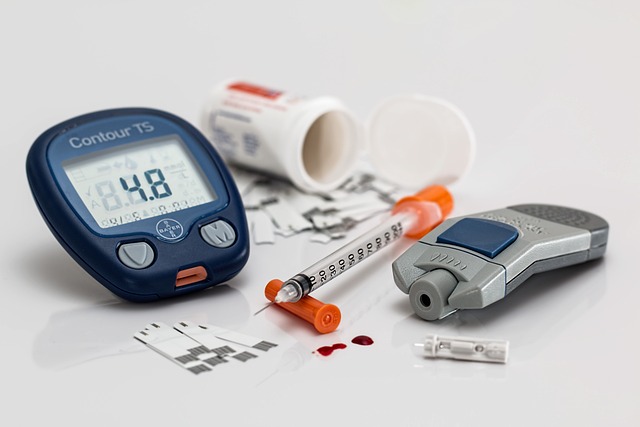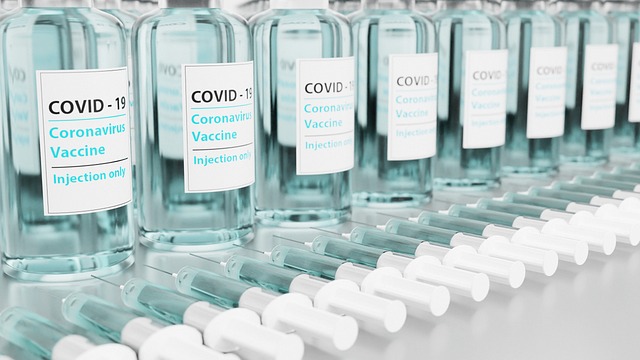Type 2 diabetes is one of the most prevalent chronic diseases worldwide, affecting millions of people and posing significant risks to long-term health. However, the good news is that Type 2 diabetes is largely preventable. By making proactive lifestyle changes, you can significantly reduce your risk of developing this condition. Prevention is not only about avoiding a diagnosis—it’s about cultivating habits that promote overall health, energy, and vitality. Here’s how you can take action today to protect yourself and your loved ones.
Understanding Type 2 Diabetes
Type 2 diabetes occurs when the body becomes resistant to insulin or doesn’t produce enough insulin to regulate blood sugar levels effectively. Over time, elevated blood sugar can lead to serious complications, including heart disease, kidney damage, nerve damage, vision problems, and more. While genetics and age can increase the risk, lifestyle factors play a critical role in the development of Type 2 diabetes. This means that even if you have a family history of the disease, there are steps you can take to lower your risk.
Step 1: Adopt a Balanced Diet
Diet is one of the most powerful tools for preventing Type 2 diabetes. The foods you eat directly impact your blood sugar levels, insulin sensitivity, and overall metabolic health. Focus on these dietary strategies:
1. Choose Whole, Unprocessed Foods
- Prioritize fruits, vegetables, whole grains, lean proteins, and healthy fats.
- Avoid highly processed foods, refined carbohydrates (like white bread and sugary snacks), and sugary beverages, which can cause rapid spikes in blood sugar.
2. Increase Fiber Intake
- Fiber slows the digestion and absorption of carbohydrates, helping to stabilize blood sugar levels.
- Excellent sources of fiber include beans, lentils, oats, quinoa, broccoli, berries, and nuts.
3. Limit Added Sugars
- Excessive sugar consumption is strongly linked to insulin resistance and weight gain.
- Replace sugary drinks with water, unsweetened tea, or sparkling water, and opt for natural sweeteners like fruit instead of table sugar.
4. Incorporate Healthy Fats
- Healthy fats from sources like avocados, olive oil, nuts, seeds, and fatty fish improve insulin sensitivity and support heart health.
- Avoid trans fats and limit saturated fats, which can increase inflammation and worsen insulin resistance.
5. Practice Portion Control
- Overeating—even healthy foods—can lead to weight gain, a major risk factor for Type 2 diabetes.
- Use smaller plates, track portion sizes, and listen to your body’s hunger cues to avoid overindulging.
Step 2: Stay Physically Active
Regular physical activity is essential for maintaining a healthy weight, improving insulin sensitivity, and reducing the risk of Type 2 diabetes. Aim for at least 150 minutes of moderate-intensity exercise per week, along with strength training twice a week. Here’s how exercise helps:
1. Improves Insulin Sensitivity
- Exercise helps your muscles use glucose more efficiently, lowering blood sugar levels.
- Activities like walking, cycling, swimming, or dancing are excellent options.
2. Promotes Weight Loss
- Losing just 5–10% of your body weight can significantly reduce your risk of developing Type 2 diabetes if you’re overweight.
3. Reduces Stress
- Chronic stress can raise cortisol levels, contributing to insulin resistance. Physical activity is a natural stress reliever.
4. Builds Muscle Mass
- Muscle tissue burns more calories at rest and plays a key role in glucose metabolism. Strength training exercises like lifting weights or doing bodyweight workouts help build and maintain muscle.
Step 3: Maintain a Healthy Weight
Excess body fat, particularly around the abdomen, is a major risk factor for Type 2 diabetes. Fat cells release inflammatory chemicals that interfere with insulin function, increasing the likelihood of insulin resistance. To achieve and maintain a healthy weight:
- Set realistic, incremental goals rather than aiming for drastic changes.
- Combine a nutrient-dense diet with regular exercise for sustainable results.
- Monitor progress without obsessing over the scale; focus on how you feel and improvements in energy levels.
Step 4: Manage Stress Effectively
Chronic stress wreaks havoc on your hormonal balance, leading to increased blood sugar levels and insulin resistance. Incorporate stress-reducing practices into your daily routine:
- Practice mindfulness meditation or deep breathing exercises.
- Engage in hobbies you enjoy, such as painting, gardening, or playing an instrument.
- Prioritize sleep, as poor sleep quality disrupts hormones that regulate appetite and blood sugar.
Step 5: Get Regular Health Screenings
Early detection of prediabetes—a condition where blood sugar levels are higher than normal but not yet high enough for a diabetes diagnosis—is crucial for prevention. If you have risk factors such as obesity, a sedentary lifestyle, or a family history of diabetes, talk to your doctor about getting screened. Common tests include:
- Fasting Blood Sugar Test: Measures blood sugar after an overnight fast.
- Hemoglobin A1C Test: Provides an average blood sugar level over the past 2–3 months.
- Oral Glucose Tolerance Test: Evaluates how your body processes sugar after consuming a sugary drink.
If you’re diagnosed with prediabetes, don’t panic—it’s an opportunity to make meaningful changes before progressing to Type 2 diabetes.
Step 6: Limit Alcohol and Quit Smoking
Both alcohol and smoking can increase your risk of Type 2 diabetes. Excessive alcohol consumption contributes to weight gain and liver dysfunction, while smoking damages blood vessels and increases insulin resistance. To reduce your risk:
- Stick to moderate alcohol intake (up to one drink per day for women and two for men).
- Seek support to quit smoking through counseling, medications, or nicotine replacement therapies.
Step Tests for Prediabetes and Early Intervention
If you suspect you might be at risk for prediabetes, taking proactive steps early can make all the difference. Programs like the National Diabetes Prevention Program (NDPP) offer structured guidance to help individuals reverse prediabetes through lifestyle modifications. These programs emphasize nutrition education, physical activity, and behavior change strategies.








